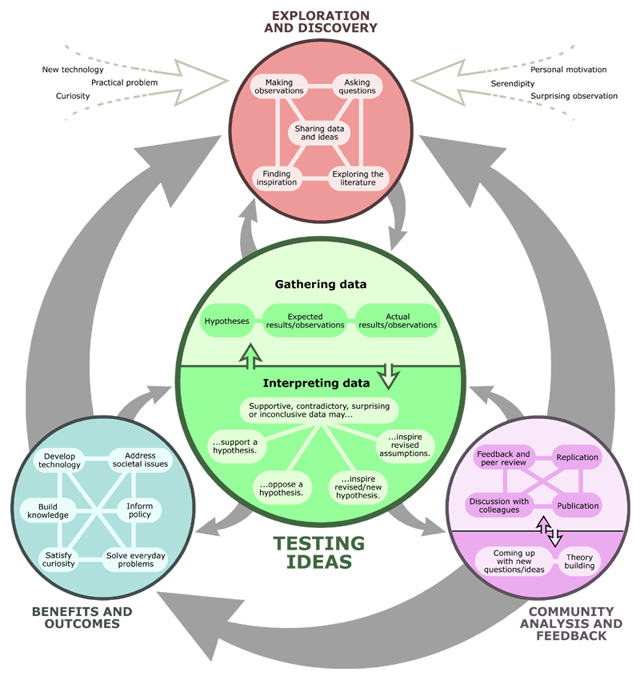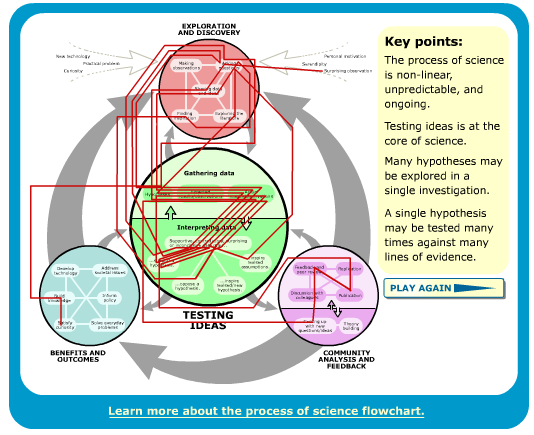Anyone who has gone through the US public school system has undoubtedly been exposed to the textbook version of science as a linear process that takes researchers straight from a hypothesis through gathering data and on to reaching conclusions. Anyone who has actually taken part in science, however, knows that this presentation bears almost no resemblance to reality, where science is a community endeavor, anything but linear, and, as a result, much more exciting. A newly developed website called Understanding Science is intended to capture a bit of that excitement and, in doing so, change how the US public learns science.
Judy Scotchmoor of UC Berkeley's Museum of Paleontology described the site in a talk at the American Association for the Advancement of Science meeting, and Ars talked separately to MIT's Natalie Kuldell, one of the people involved in its design. Scotchmoor said the effort grew out of Berkeley's excellent Understanding Evolution site. When doing some audience testing of that site, she said that it became clear that the public's issues went way beyond the primary topic. "It wasn't an evolution problem," she said, "it was a science problem." With that in mind, she obtained money from the National Science Foundation to tackle this problem.
Giving science a facelift
Scotchmoor showed the evolution of how science is typically presented. Back in 1986, it was introduced as a five-step program: identify the problem, gather information, form a hypothesis, test it, and reach conclusions. (I can personally confirm that this presentation significantly predates 1986.) As she moved to more recent textbooks, this definition picked up color and pictures, but remained essentially unchanged. Unfortunately, it's nearly unrelated to science as it is practiced. The centerpiece of Understanding Science is a new diagram of the scientific process that emphasizes its non-linearity and dynamic, iterative nature.




 Loading comments...
Loading comments...
